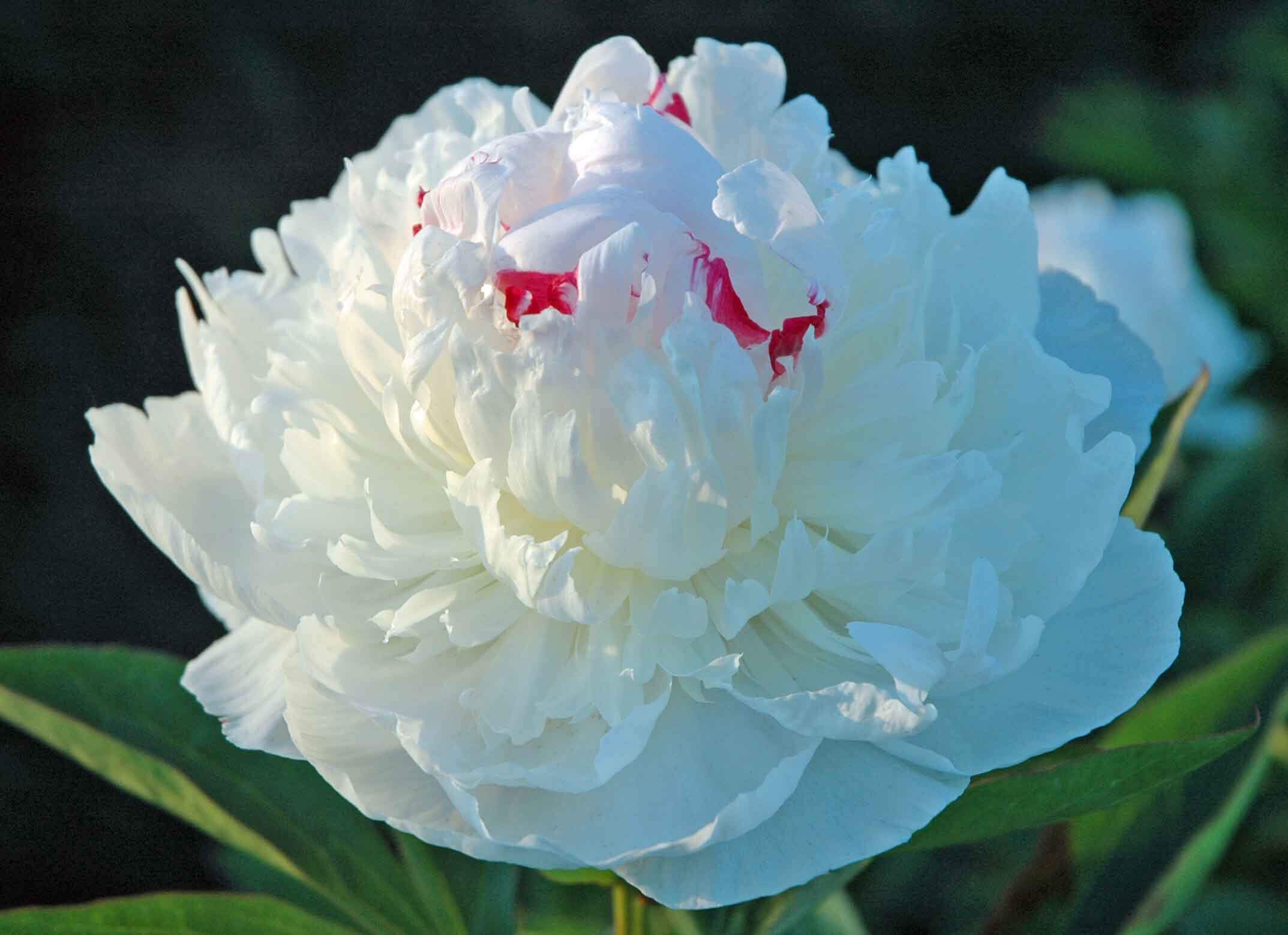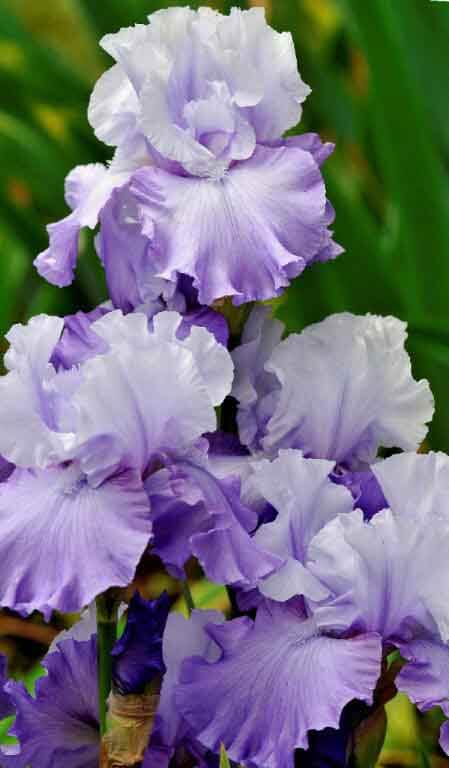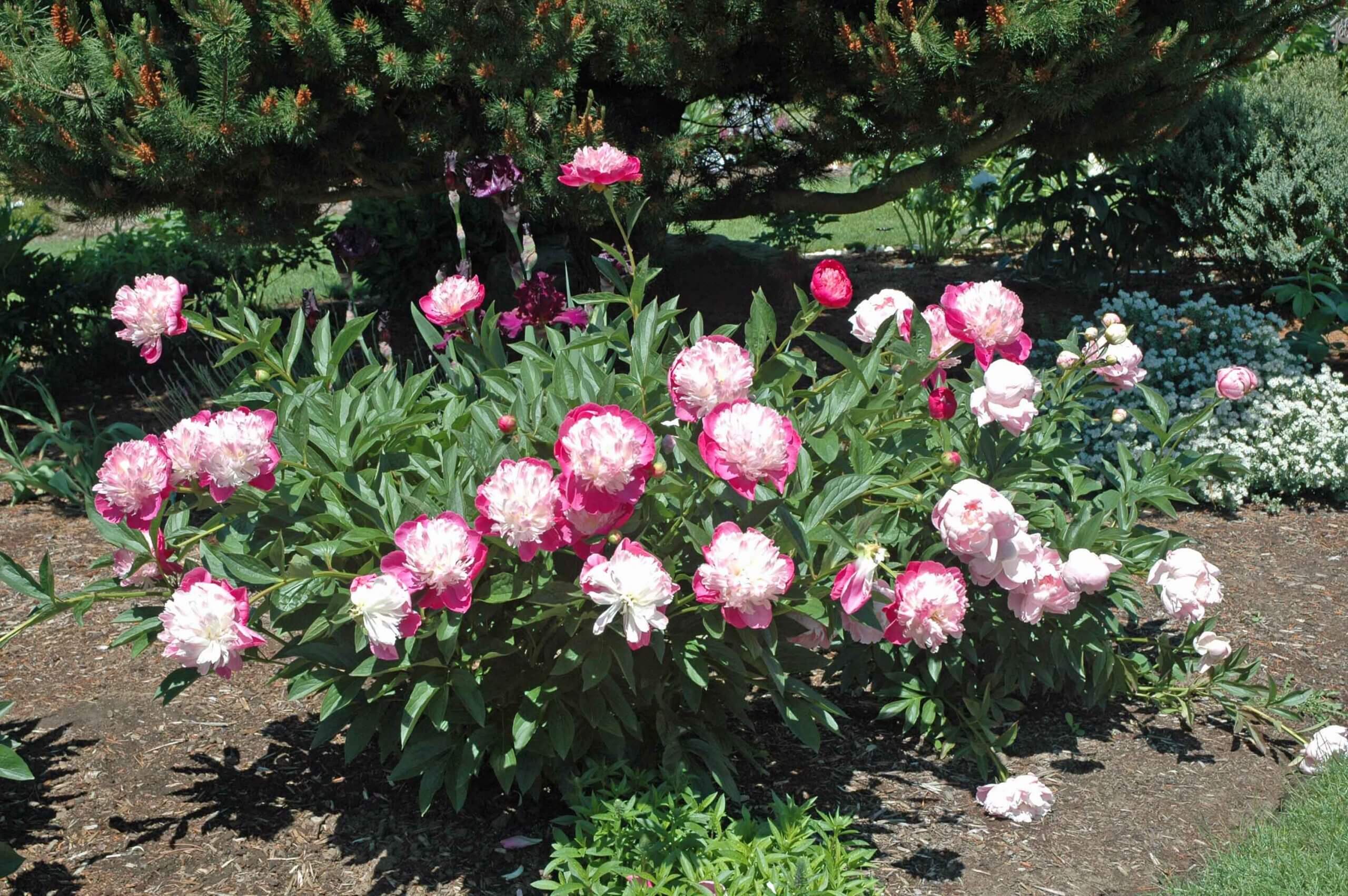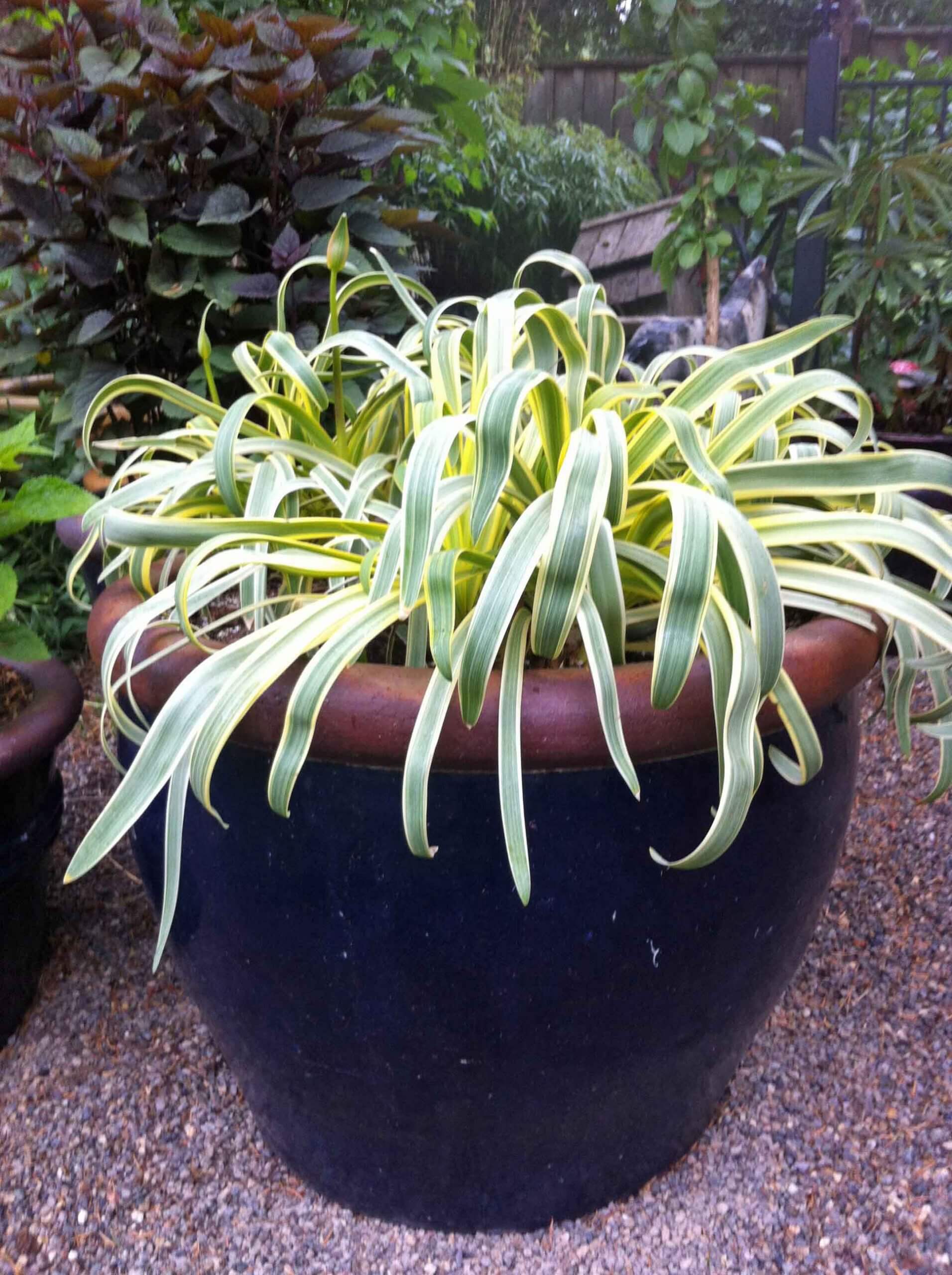
As I mentioned in my April article, the spring season in the Pacific Northwest has been phenomenal but warm. The winter was mild and many marginally winter-hardy plants survived. Earlier this month we had weather in the 80’s, which is almost unheard of in this part of the world. Not only in my own garden but in others I’ve visited, many plants are blooming earlier than normal. This has been most noticeable in common seasonal bloomers like iris and peonies. Weather is certainly one of the things happening in our garden that we cannot control; all we can do is make the best of it.

Ray Schreiner, (Schreiner’s Iris Gardens, Salem, Oregon) told me in early May that his iris blooms were ahead of schedule, and peak bloom, which is usually considered to take place over Memorial Day weekend, could be up to two weeks early. Carol Adelman (Adelman Peony Gardens, also in Salem) told me in early May that she hoped there would still be blooms for shows and exhibits because so many plants were blooming early. In my own garden, I have hardy fuchsias that were offered no protection last winter that survived and are beginning to bloom in mid May.
In the Pacific Northwest, we have access to some of the best peony and iris growers in the nation. This is largely because the climate is perfectly suited to these popular perennial plants that easily grow and flower and come back every year. When I hear peonies and iris mentioned, I reflect back on visiting my grandmother’s garden. They are two plants she grew that always stand out in my mind. When I share this with other gardeners, they often agree and tell stories relating to them to their own childhoods.
Peonies are easy to grow, especially in this part of the world, so it is nice to see them so widely planted. Now is a perfect time to visit a peony grower and see the plants growing much as they would in a garden setting. Adelman Peony Gardens is a favorite place of mine to view peonies, and two old-time favorites to seek out there are the flouncy white ‘Madame de Verneville’ and voluptuous pink and white ‘Gay Paree’, both classic lactifloras. Visitors can walk through the fields, make notes of favorites and then order plants for shipment in the fall.
Here are a few tips to share on growing peonies: Plants should be planted in a full sun location with good drainage. The addition of Black Gold Perlite at planting time can be a wise decision to solve long-term drainage issues. Since peonies are long-lived, select a location where they can remain undisturbed for many years. When planting, do not bury the ‘eyes’ more than 2-3 inches beneath the soil. Many gardeners make the mistake of planting them too deep, and while the plants may thrive, they may not bloom. And even though peonies are very winter hardy, I always like to add a light layer of Black Gold Garden Compost Blend over the tops of the plants after the stems have been cut back in the fall. It is my way of putting them to ‘bed’ for the winter.

Bearded iris, the other oft-mentioned memory plant, have long been favored in perennial borders. Schreiner’s Iris Gardens has beautiful display gardens that highlight the many different iris colors and color combinations now available. One particular beauty is the clear deep purple-red ‘Swingtown.’ By selecting different seasonal blooming types, the blooming period can be extended, so keep this in mind when choosing varieties. Some are even remontant, or fairly reliable re-bloomers. View and smell blooming iris now and make your selection, so they can be shipped in late summer/early fall.
Iris like good drainage and the addition of pumice is also a good amendment to add at planting time. In cold climates, covering iris rhizome with several inches of Black Gold Garden Compost can offer some winter protection, if needed. In addition to the many color combinations, iris also vary in height,

and so it is important to read the description for an idea of how tall plants will get. Iris are reliable spring bloomers, so if you notice your flowers as diminishing, it is probably because the clump is too crowded and needs to be divided.
In my own garden, I am preparing beds and containers for summer. I have many large containers, and as I replant them I usually remove about half of the existing potting soil and add half new. This spring I have been exclusively using Black Gold Natural & Organic Potting Mix. Then it’s time to get creative with their plantings.
Like most gardeners, I like to try new plants and whether they are actually ‘new’ or just new to me, it does not matter. One new plant this season is Agapanthus ‘Gold Strike’ (Variegated Lily of the Nile). It might not be winter hardy, but with the mild winters who knows. Either way, its bold green and gold variegated foliage immediately adds color to the garden, even without flowers.
Now let’s hope that hot weather will stay at bay, to let the last of spring unfold gracefully and the peonies and iris bloom their best. Then on to summer!

